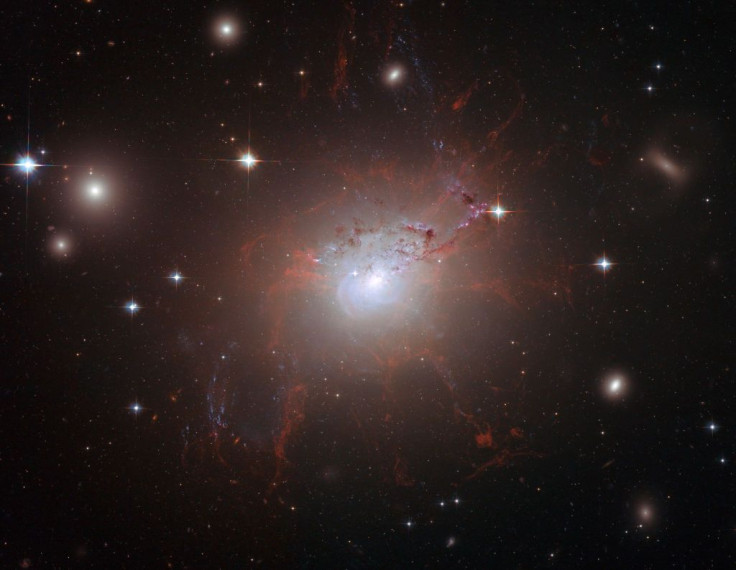Astronomers Use Galaxy Cluster To See 9 Billion Years Into The Past

A team of astronomers may have just achieved time travel after successfully seeing over 9 billion years into the past by turning a cluster of galaxies into something similar to a magnifying glass.
Astronomers from the Massachusetts Institute of Technology (MIT) recently discovered a tiny dwarf galaxy that came from the early days of the universe. According to the astronomers, they were able to spot this galaxy by observing the galactic cluster around it.
“It’s this little blue smudge, meaning it’s a very small galaxy that contains a lot of super-hot, very massive young stars that formed recently,” Matthew Bayliss, a research scientist for MIT’s Kavli Institute for Astrophysics and Space Research said in a statement.
“This galaxy is similar to the very first galaxies that formed in the universe … the kind of which no one has ever seen in X-ray in the distant universe before,” he added.
The young cosmic object was hidden behind a massive cluster of galaxies located about 5.7 billion light-years from Earth. This large cluster, which was identified as Phoenix, has powerful gravitational effects on the area surrounding it.
These gravitational forces disrupt the space-time fabric to the point that it changes the direction of light that passes through it. This effect, which is known as gravitational lensing, is very similar to how light distorts as it goes through a glass of water.
Through this phenomenon, the astronomers were able to use the Phoenix Cluster as a natural X-ray magnifier, which allowed them to look into high-energy cosmic objects and events in the universe’s early years. This provided the astronomers the opportunity to peer back in time up to 9.4 billion years ago.
According to the astronomers, gravitational lensing can be used on future studies to analyze different parts of a distant galaxy.
“With this technique, we could, in the future, zoom in on a distant galaxy and age-date different parts of it — to say, this part has stars that formed 200 million years ago, versus another part that formed 50 million years ago, and pick them apart in a way you cannot otherwise do,” Bayliss said.
© Copyright IBTimes 2025. All rights reserved.





















